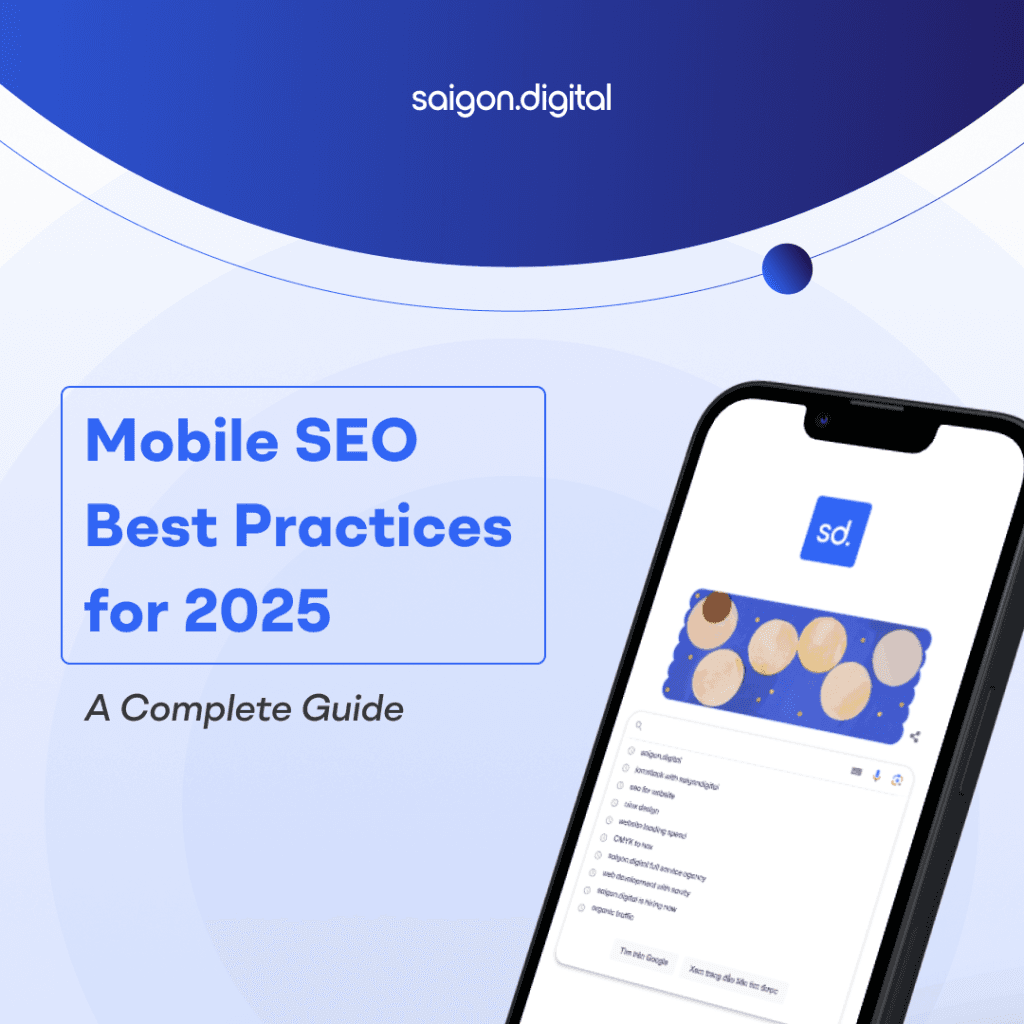
What Is Mobile SEO?
Simply put, mobile SEO is the practice of optimising your website to ensure it performs well on mobile devices such as smartphones and tablets. It involves everything from page load speed and responsive design to mobile-friendly navigation and optimised content layout. The goal is to provide a seamless, intuitive experience for mobile users. If done well, search engines will reward the website with higher rankings.Why Is Mobile SEO So Important in 2025?
Mobile usage continues to soar, and so do user expectations. In 2025, people expect instant, effortless browsing experiences on their phones. Anything less will send them elsewhere. Just last year, Google gave an announcement that after July 5, 2024, sites that do not work on mobile will no longer get crawled or indexed by Google. Which means that if your website belongs in this unfortunate category, then no one will ever get to see your website no matter how well written your content is. Here are some statistics relating to mobile and its users to help you understand the importance of optimising your website for mobile devices:- According to this recent article, over 4.32 billion users actively using the internet with their mobile devices
- The same article claims that over 63% of website traffic comes from mobile devices in 2025
- Think with Google giving out statistics which show mobile sites that take longer than 3 seconds to load see 53% of visitors abandon the page.
Mobile SEO Best Practices for 2025
Now that you understand the why, let's get into the how. Here are the essential mobile SEO best practices you should be following in 2025 to ensure smooth usability and well-ranked pages:1. Implement Responsive Web Design
Responsive design means your website automatically adjusts to fit any screen size without sacrificing content quality. This provides a consistent experience across all devices. Why it matters:- Google recommends responsive design.
- It eliminates the need for separate mobile and desktop versions.
- It improves usability and engagement.
2. Prioritise Page Speed
In 2025, speed is everything. People’s attention spans are shortening and they easily get impatient when a page doesn’t load fast enough. This rings true even more for mobile users since they expect sites to load instantly. Even a 1 second delay can significantly hurt conversions. In Google CoreWeb Vitals, which they’ve considered as major factors in determining your website’s ranking, Largest Contentful Paint (LCP) takes into account the time it takes a site to load. The recommended time is under 2.5 seconds. How to boost mobile page speed :- Compress images without losing quality (tools like TinyPNG are handy).
- Minimise CSS, JavaScript, and HTML.
- Leverage browser caching.
- Use a Content Delivery Network (CDN).
3. Design for Touch
Unlike desktop users with a mouse, mobile users rely on their fingers. Designing for touch means bigger buttons, easy tapping, and no tiny clickable areas. Key considerations:- Make buttons and links large enough (at least 48px x 48px).
- Space out interactive elements to avoid accidental taps.
- Avoid hover-dependent navigation menus.
4. Optimise Mobile Content
Mobile users have the tendency to skim content. To accommodate this habit, you need to make your content scannable and engaging on smaller screens, which means short sentences and giving users immediate answers on the first few paragraphs of your content. Mobile content tips:- Use shorter paragraphs (2-4 lines).
- Write clear, concise headings.
- Put the most important information at the top ("inverted pyramid" style).
- Use bullet points and numbered lists.
5. Focus on Local SEO
Many mobile searches are local, which translates to users who are looking for nearby shops, restaurants, or services in their respective area. You need to optimise your site with local SEO so that users get to see your business appearing on their local searches. Steps to strengthen local mobile SEO:- Create and optimise your Google My Business profile. Make sure to include keywords relating to your area such as Liverpool or London.
- Include your business’s name, address, and phone number (NAP) consistently across the web.
- Encourage and manage customer reviews. Respond both to positive and negative reviews. This shows visitors that you care about your customers.
6. Use Structured Data (Schema Markup)
Structured data helps search engines understand your content better and can lead to an appearance of rich results (like star ratings, images, FAQs) in mobile search. How to implement:- Use Google's Structured Data Markup Helper.
- Add schema types relevant to your content (e.g., Articles, Products, FAQs).
7. Avoid Intrusive Interstitials
In 2025, intrusive pop-ups are a huge no-no. Google penalises sites that use them because they ruin the mobile user experience. Examples of intrusive interstitials:- Pop-ups that cover the entire screen.
- Overlays that appear immediately after landing.
8. Ensure Easy Navigation
Mobile visitors should never struggle to find what they’re looking for. Clear, simple navigation is crucial. Mobile navigation best practices:- Use a clear and concise menu (hamburger menus are common but must be intuitive).
- Include a visible search bar.
- Keep important pages (contact, services, shop) easily accessible.
9. Regularly Test Your Mobile Site
Don’t assume your site works fine, test it frequently. There could be underlying issues which might not be visible at first but could prove to have lasting consequences on your site. So make sure to have regular SEO audits to ensure both mobile and desktop versions of your site are optimised. Tools you can use:- Google’s Mobile-Friendly Test
- Chrome DevTools (Emulate Mobile Devices)
- Google Lighthouse
- Google PageSpeed Insights





